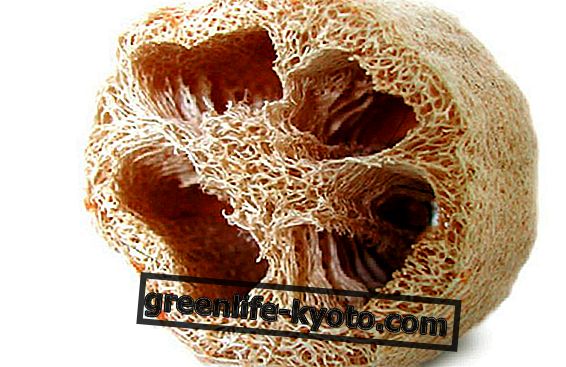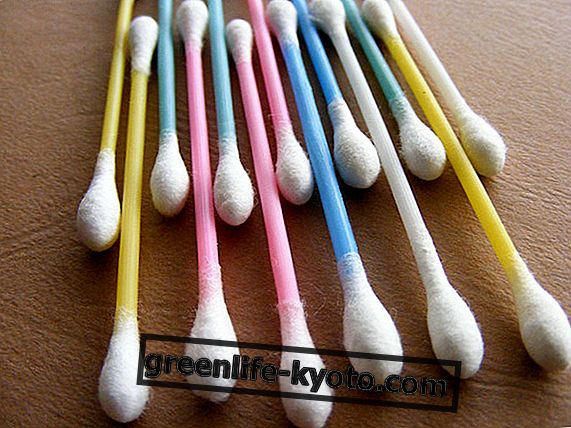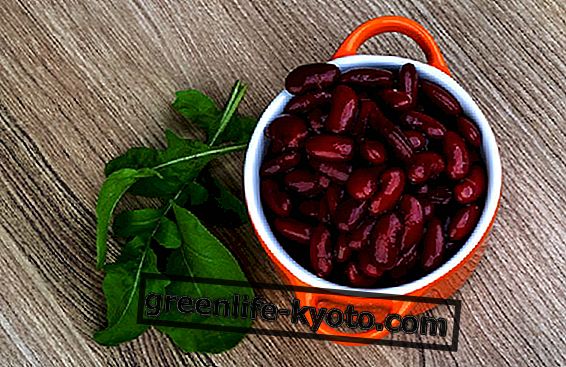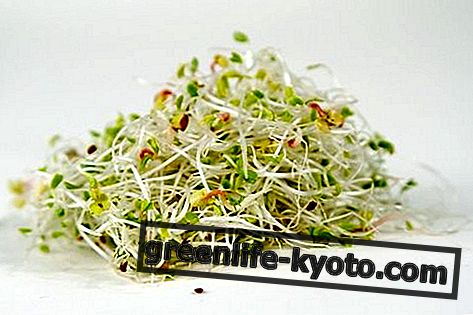Durum wheat semolina flour, with its characteristic amber yellow color, is an excellent food for pizza and pasta and contains useful carotenoids against cellular aging. Let's find out better.

How to make durum wheat flour
Durum wheat flour is produced by grinding durum wheat. This flour is typical of the southern regions of Italy, such as Puglia and Sicily and other areas of the southern and eastern Mediterranean.
Durum wheat flour is distinguished from that of soft wheat both by its more accentuated grain size and its characteristic amber yellow color, which is also transmitted to the products obtained from it.
Properties and use of durum wheat semolina flour
Durum wheat is a cereal rich in proteins and gluten (on average higher than that found in common wheat flour), which, compared to common wheat, has a greater water absorption capacity and greater workability.
For this reason, the mixtures obtained are more productive than other flours. It is also a semolina with a low ash content, so the dough does not darken over time.
Durum wheat flour is a product designed for all types of homemade pasta ; it is also used in leavened preparations, such as bread and focaccia or pizza, which gives it a nice golden color. In addition to the presence of fiber, the contribution of mineral elements (potassium, iron and phosphorus ) and vitamins (thiamine and niacin), carotenoids (lutein and beta-carotene), substances that prevent cellular aging and seem to protect against some forms of cancer . In particular, it should be highlighted, as the bread obtained from durum wheat semolina possesses therefore remarkable antioxidant capacities.
Products of durum wheat flour
This flour is mainly used for the production of bread and pasta (orecchiette and strascinati from Puglia, for example), but also for typical desserts .
Durum wheat semolina flour can be used for biscuits, cakes, as well as pizzas and focaccias. Excellent for breading. Durum wheat flour is easily found in supermarkets and specialty stores.
A recipe up your sleeve
Focaccia from Puglia
Ingredients :
- 500 grams of durum wheat flour,
- 400 grams of water approximately,
- 4 grams of dry yeast,
- 2 tablespoons of extra virgin olive oil,
- 5 grams of salt,
- bread crumbs,
- Cherry tomatoes,
- Origan,
- extra virgin olive oil,
- salt.
Procedure : In a large bowl put the flour, baking powder and half the water, starting to mix with a wooden spoon and gradually adding all the water. Then add the oil and salt and transfer the mixture onto the floured pastry board. Work it with your hands until you get a smooth and homogeneous mixture. Put a little oil in an airtight container and lay the dough on top.
Close the container and put it in the fridge in the lower part of the refrigerator overnight. After 12 hours or more, open the container, sprinkle breadcrumbs on the dough and spill it onto the pan. Lower it slightly with your fingertips, adding the cherry tomatoes, oil, oregano and salt. Turn on the oven at about 220 ° and cook for about twenty minutes, checking when it is golden brown.













